- Home
- Knowledge library
- Stock judging: breeding ewes, finished lambs and lamb carcase
Stock judging: breeding ewes, finished lambs and lamb carcase
When stock judging sheep, the points below should help you to understand what to look for.
Find out more about stock judging
Breeding ewes
The ewe needs to be healthy, with length, width and depth of body; she needs to eat, walk and feed two lambs. So, the order of checking is:
- Teeth – eating is essential.
- Feet – need to be able to walk to find food.
- Udder – to rear two lambs.
Remember: wool can mask a great deal about the animal, so handle animals at the key points.
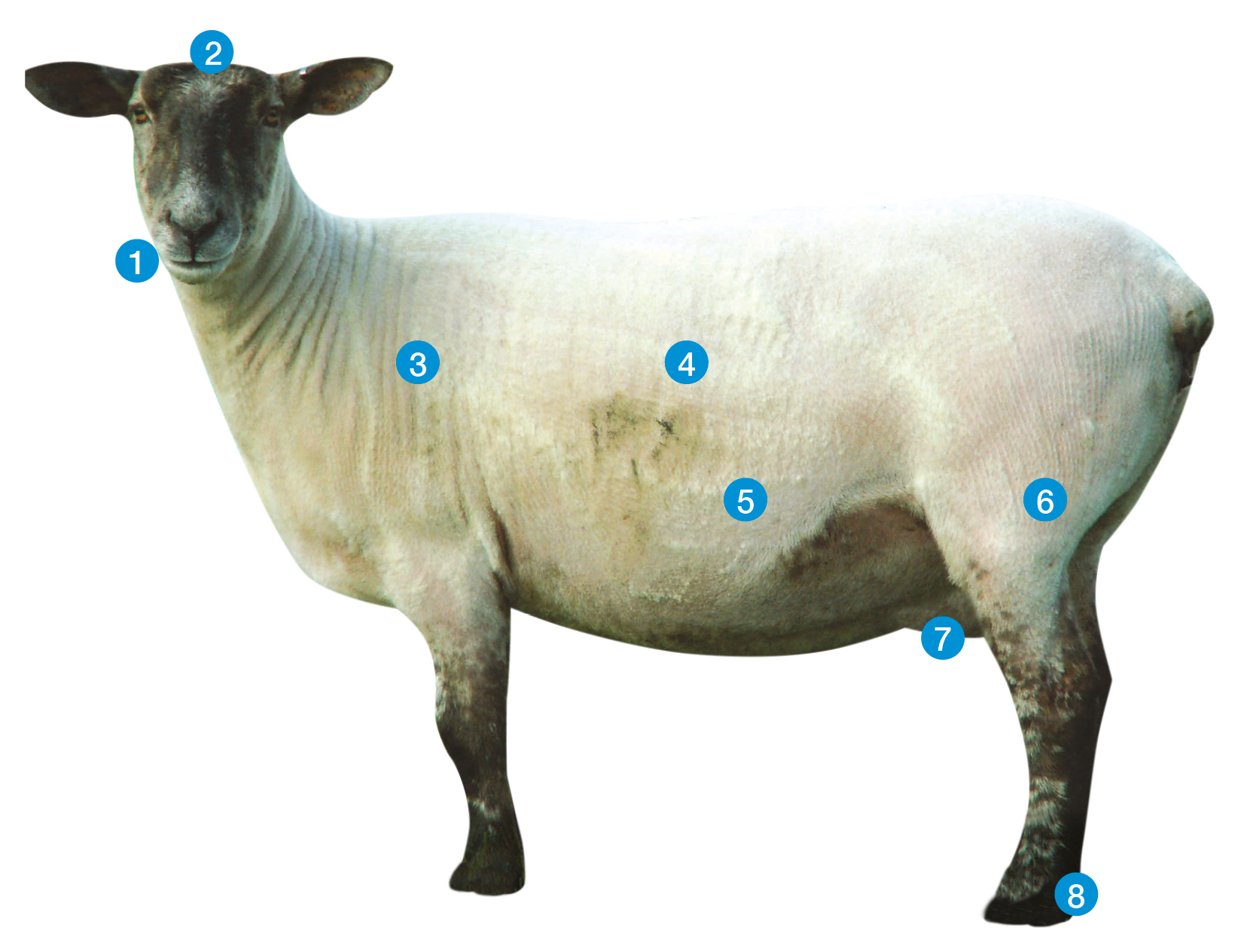
|
Good |
Poor |
|
Clean mouth with no signs of wear and gaps: Two broad teeth = one year old Four broad teeth = two years old Six broad teeth = three years old Eight broad teeth = four years old, or older Up to 12 months old, sheep will have a full set of milk teeth. In older sheep, the teeth will start to wear down, have gaps and fall out |
Broken mouth with signs of wear/gaps/teeth fallen out indicates old ewe |
|
Good |
Poor |
|
Bright, bold eyes |
Short, broad head |
|
Good |
Poor |
|
Wide, well-covered shoulders |
Narrow, lacking flesh |
|
Good |
Poor |
|
Good length, width and depth |
Short, narrow and lacking depth |
|
Good |
Poor |
|
Even growth of staple in fleece |
Open fleece |
|
Good |
Poor |
|
Strong-boned placed on each corner of ewe |
Bad legs |
|
Good |
Poor |
|
Sound, supple udder with two well-placed teats |
Swollen quarters, hard lumps or sores |
|
|
Excessively large teats |
|
Good |
Poor |
|
Deep heel with short clees |
Lame feet |
|
Well up on pasterns |
Down on pasterns |
Finished lambs
Before you start
Stand back and have a good look at the group from a distance. Get a general impression of the lambs you have to judge, noting their appearance, type, etc. Pay close attention to distinguishing marks, colour of wool, face, etc.
Be methodical and start at one end and work your way up to the other end, inspecting and handling as you go.
Remember: wool can mask a great deal about the animal, so handle animals at the key points.
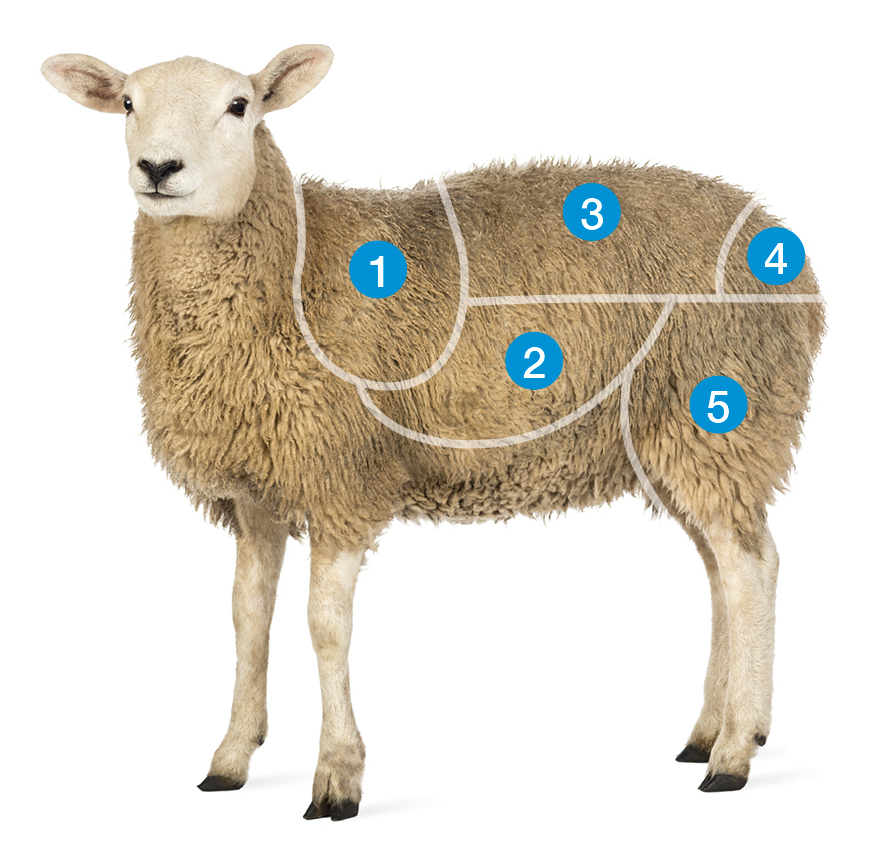
|
Good |
Poor |
|
Neat and compact |
Narrow and lacking flesh |
|
Eye muscle development extended well forward |
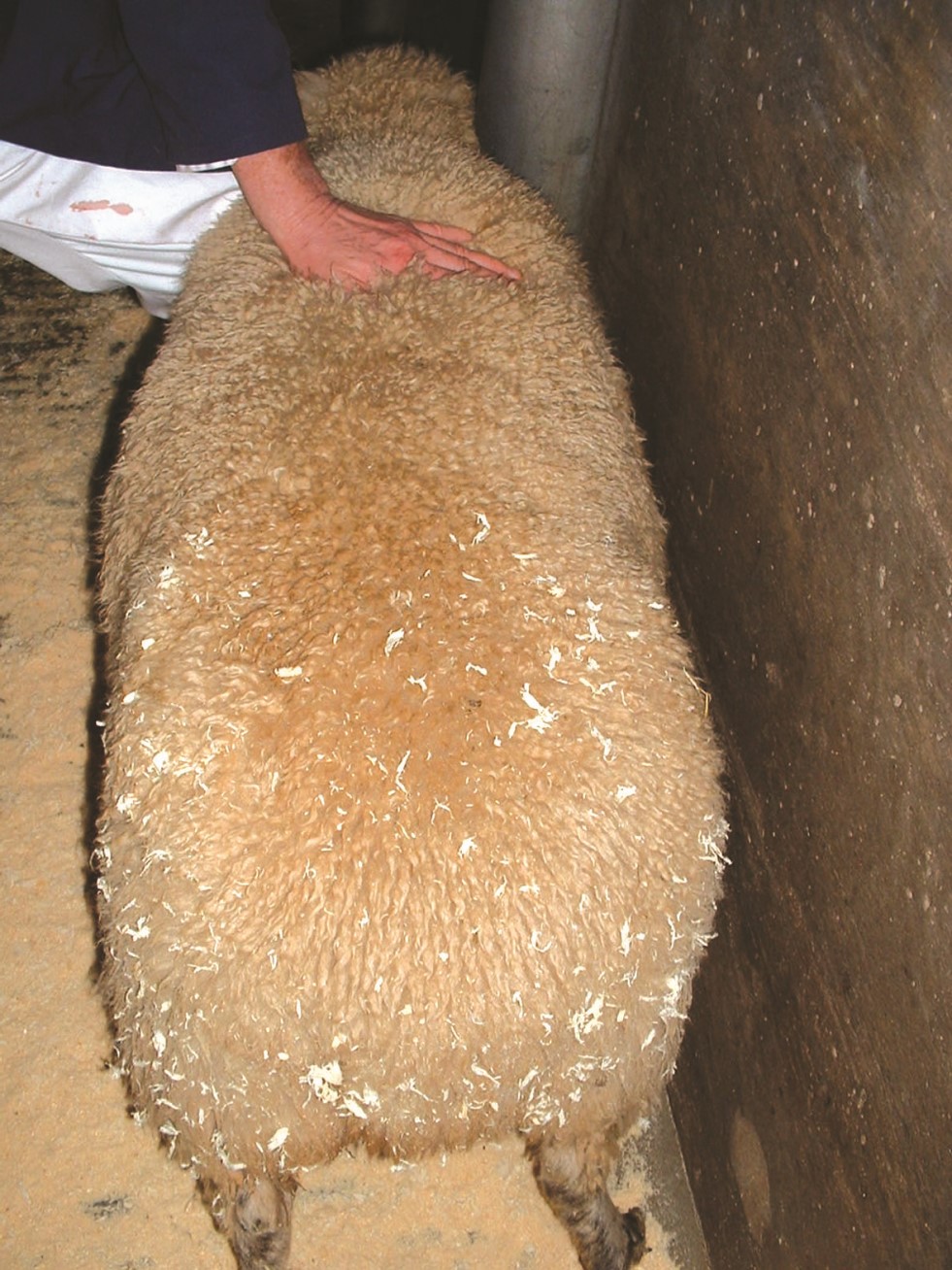
|
Good |
Poor |
|
Light covering, individual ribs easily detected |
Too lean (bare) |
|
|
Too fat (individual ribs undetectable) |
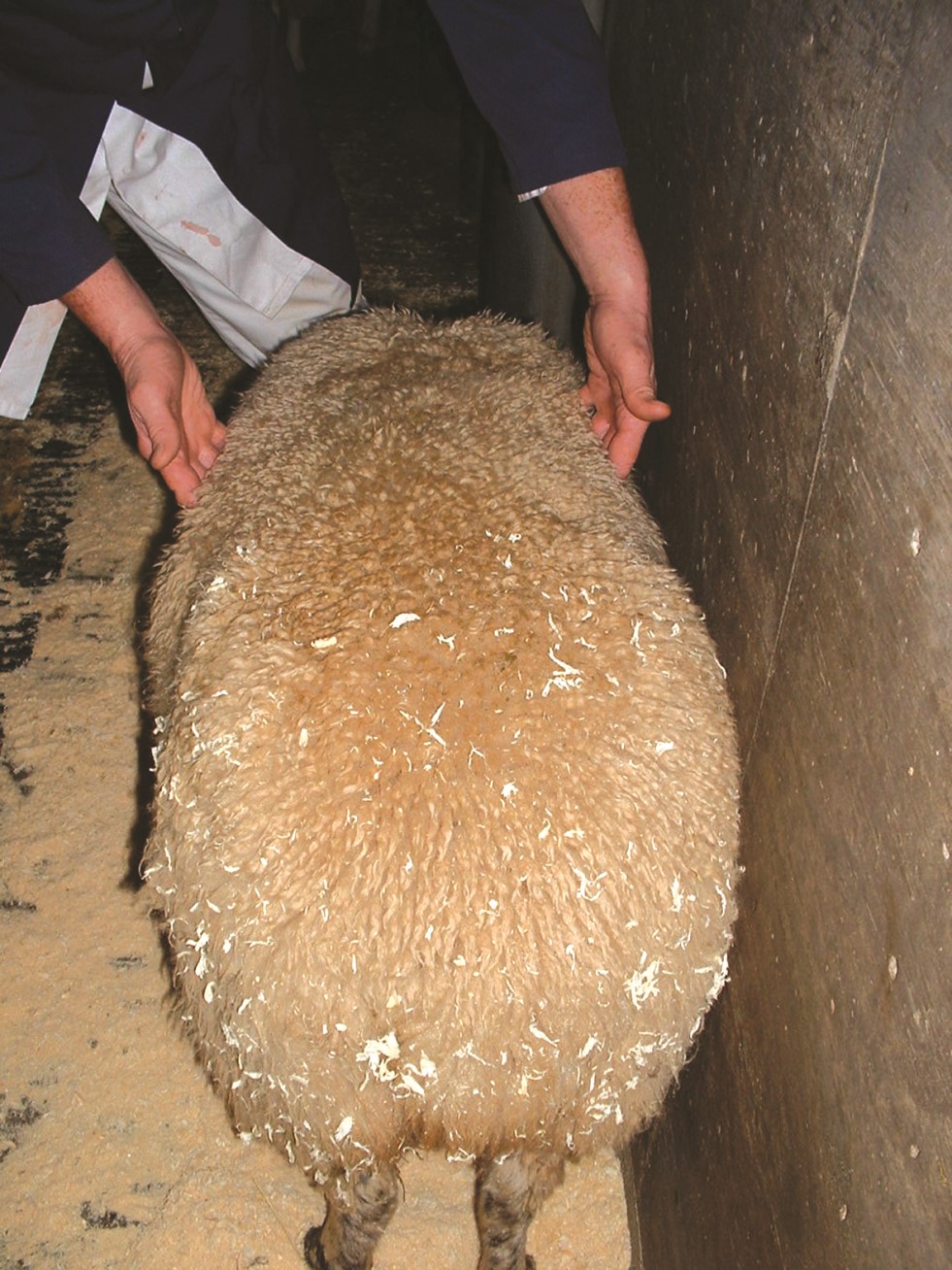
|
Good |
Poor |
|
Spinous and transverse processes felt as corrugations with light pressure |
|
|
Good width and fullness of eye muscle |
|
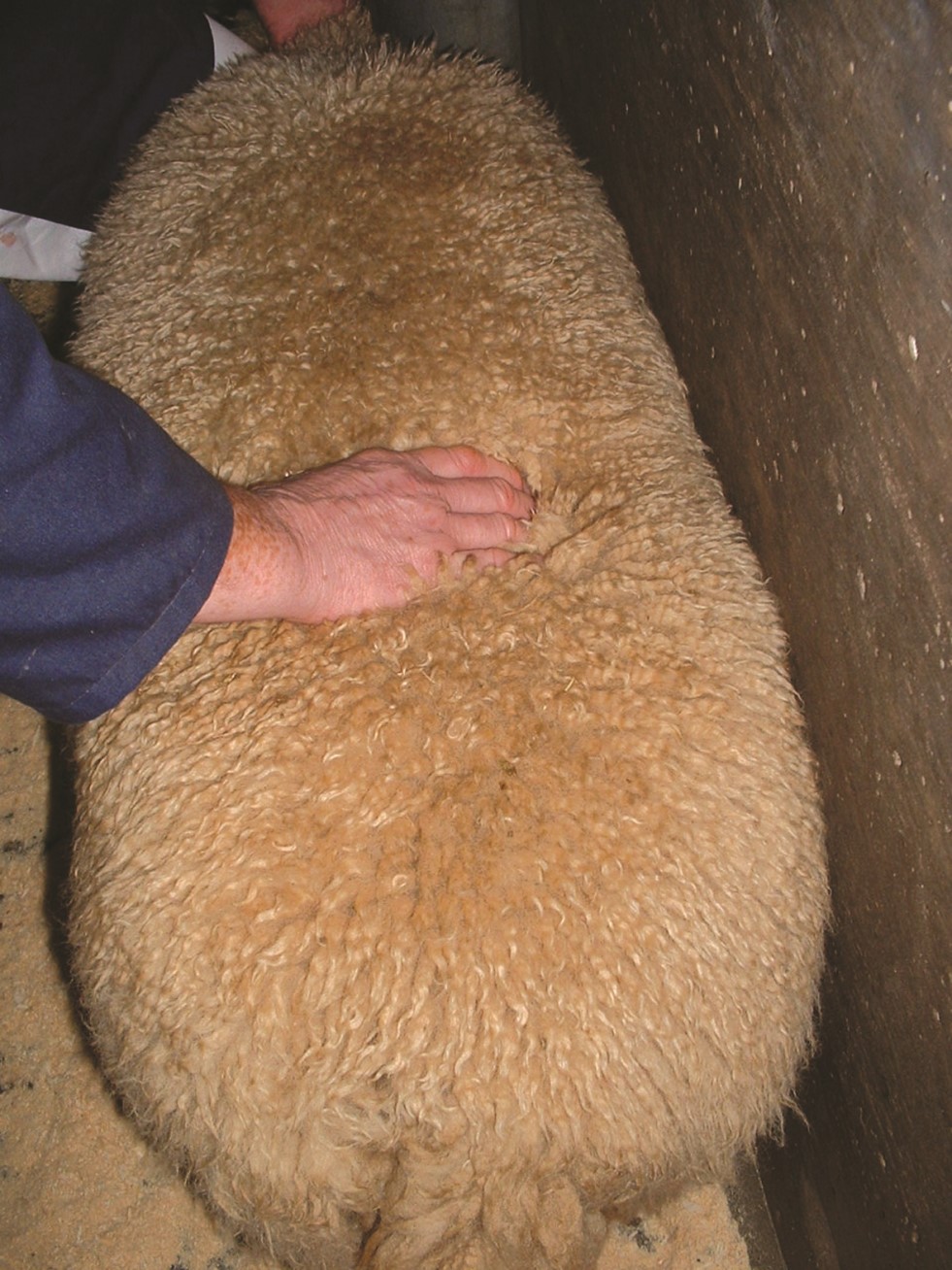
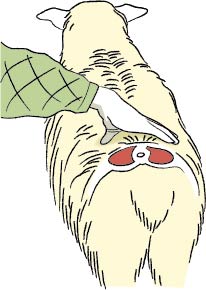
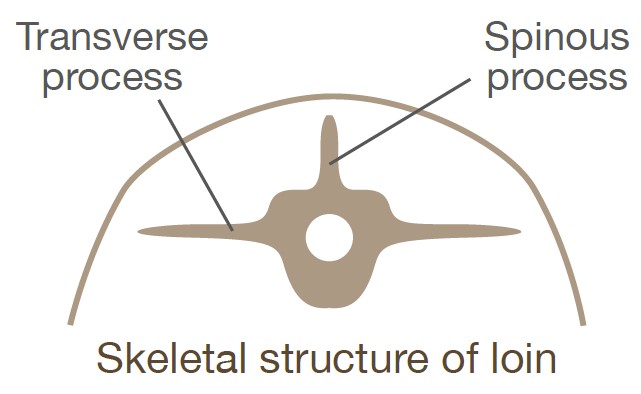
|
Good |
Poor |
|
Individual bones easy to detect with light pressure |
Too lean (narrow and bones bare) |
|
|
Too fat (broad, soft and individual bones undetectable) |
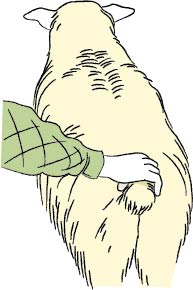
|
Good |
Poor |
|
Broad and well filled to the shank |
|
Lamb carcase
Be methodical. Start at:
- The hind leg
- Then chump
- Then back
- Then shoulder
A) Leg
B) Chump
C) Loin
D) Shoulder

Lean meat should not be too dark with a fine-grained texture.
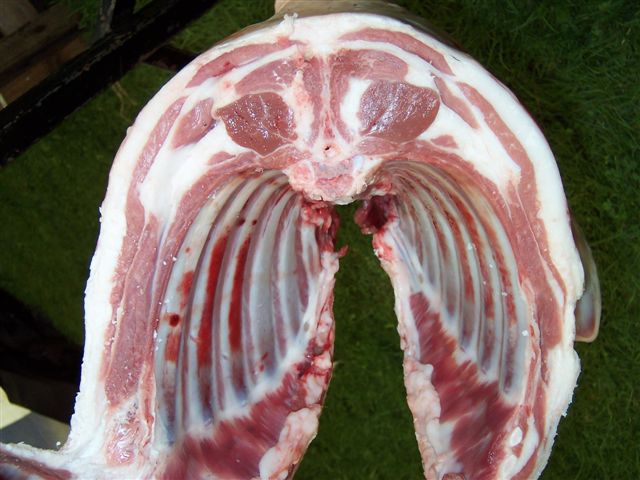
Lamb carcase which is too fat.
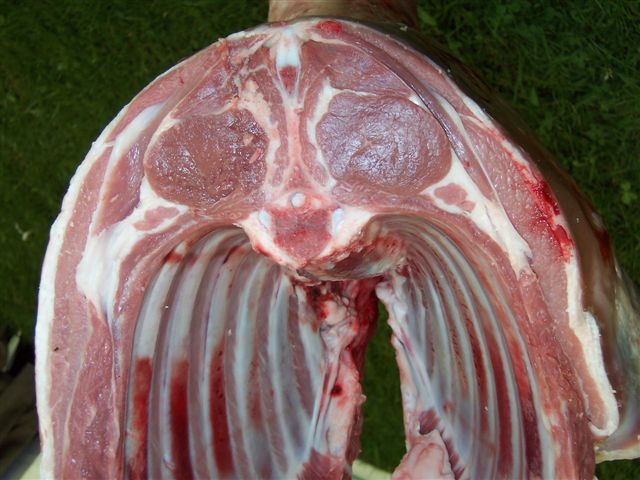
Ideal lamb carcase
Conformation
The legs
|
Good |
Poor |
|
Short-boned |
V-shaped |
|
Broad and well filled to the shank |
The chump
|
Good |
Poor |
|
Well-developed |
|
|
Full and broad |
The loin
|
Good |
Poor |
|
Good width and fullness of eye muscle |
|
The shoulder
|
Good |
Poor |
|
Well-extended eye muscle |
|
|
Neat and compact |
Fat
Depth of fat over legs and loin should be in correct proportion. Fat on breasts to be in correct proportion.
Ribs – light with high lean-to-fat ratio.
Dock – broad dock indicates excess fat.
Useful links
Download our guide to stock judging
If you would like a hard copy of A guide to stock judging please contact publications@ahdb.org.uk or call 0247 799 0069.
Topics:
Sectors:
Tags:

